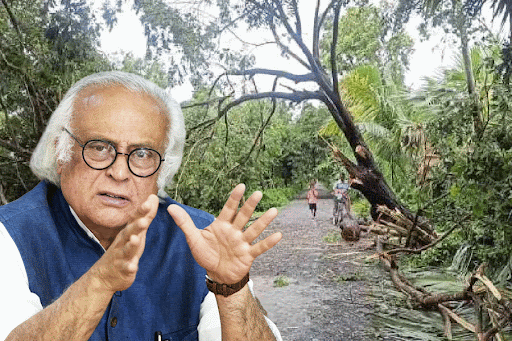 |
There may be some good news for Bengalis who missed their quota of hilsa delicacies this year because of the exorbitant price of the fish. Not only that, the best quality hilsa could seldom be found in the market.
Now a group of scientists — many of them avowed connoisseurs of the hilsa — is undertaking a study that would attempt to improve hilsa yield in India.
“The hilsa is one of the most gifted fish varieties. It is extremely tasty and has a distinct marine flavour,” says Vettath Raghavan Suresh, a principal scientist at the Central Inland Fisheries Research Institute (Cifri), in Barrackpore. “Till a few decades ago, the hilsa was abundant in most major Indian rivers emptying into the Arabian Sea and the Bay of Bengal. These include the Ganga, Narmada, Mahanadi, Krishna, Tapti, and Godavari. Today, it is confined mainly to the Ganga and the Narmada,” says Suresh, who is coordinating a five-year research project involving scientists from as many as seven Indian Council of Agricultural Research (ICAR) laboratories.
The research team will have its task cut out as the hilsa, like another famous fish the salmon, is an unique species that lives in the sea but travels to freshwater rivers for breeding. In the early Eighties, scientists at Cifri had tried to grow the hilsa in aquaculture farms but failed miserably. “Though we could breed the hilsa successfully in ponds, they failed to survive longer and died before they became fingerlings,” says Anil Prakash Sharma, director of the Cifri. It was possibly because the scientists did not have enough information about what it takes for the hilsa to survive. The latest project, however, intends to fill these gaps.
The research team, drawn from ICAR labs working on different aspects of fishery sciences across India, will minutely study eating and breeding behaviour of the fish and also closely observe its living environs. “We want to know what are the factors that help the hilsa possess its characteristic marine flavour and high nutritive value. Understanding what it feeds on is very valuable,” says Suresh. Similarly, knowing the hormonal changes that take place as the fish crosses over from saline water to freshwater (and vice versa subsequently as young offspring) would be of immense importance.
The project, according to him, will have a two-pronged strategy. First one would focus on improving management of the natural stocks of hilsa, which would give better yields in the immediate future. After the Farrakha barrage was built in the mid-Seventies, more hilsa could be found in the Hooghly as their way upriver was blocked. But this bountiful harvest didn’t last for very long as indiscriminate fishing resulted in the decline of natural stocks. “Fishermen didn’t even spare female fish loaded with eggs. Naturally over the years, this has led to lesser and lesser progenies coming to the river for breeding,” says Samir Bhattacharya, an emeritus professor of life sciences at Visva-Bharati, who as part of the project, would explore whether the hilsa, like the salmon, has a homing instinct. It is well known that the offspring of a salmon return to breed in the river where they were born.
“Hilsa export accounts for 3.5 per cent of the GDP of Bangladesh. On the other hand, we do not have enough to meet even our domestic demand. It is high time that we studied the factors that led to the plummeting of natural hilsa stocks and take corrective measures,” says Bhattacharya.
Another problems is the catching of juvenile hilsa (known locally as jatka). This not only depleted the stock but resulted in the species maturing early. “While an average mature hilsa was nearly 30 centimetres long some years ago, it is now known to attain reproductive maturity by the time it is 16 to 18cm long. In other species like sardine, it is known that fishes try to mature as early as possible if there is overfishing. This may be happening to the hilsa too,” says Suresh. If that is true, it may also impact the fish yield, he observes.
The other focus of the project would be to attempt rearing the hilsa in culture ponds. “If we have to try to this, I’m afraid we ought to know a whole lot of things about the hilsa that we don’t know currently,” says Suresh. “If the artificially-grown hilsa does not have the taste and nutritive value of the natural stock, it may not be acceptable to people,” says Sharma.
Whether there is only one stock or there are multiple stocks of the hilsa is still an enigma. This is the question that a team of researchers led by Vindhya Mohindra at the National Bureau of Fish Genetic Resources in Lucknow would explore as part of the project. She and colleagues would study genetic markers of the hilsa from different estuaries using latest genome sequencing and analysis tools. Knowing the genetic diversity of the hilsa would not only be helpful in managing natural hilsa stocks, but also help select better brood-stock to aid breeding programmes.
The declining yield of the hilsa has been a concern for many years. Perhaps, one of the reasons why the ICAR has now undertaken a project to revive the hilsa is because the agency has someone who understands the importance of the species for Indian fisheries as its head. Subbanna Ayyappan, who took over as the ICAR director general in 2010, is the first fishery scientist to head the agency.










